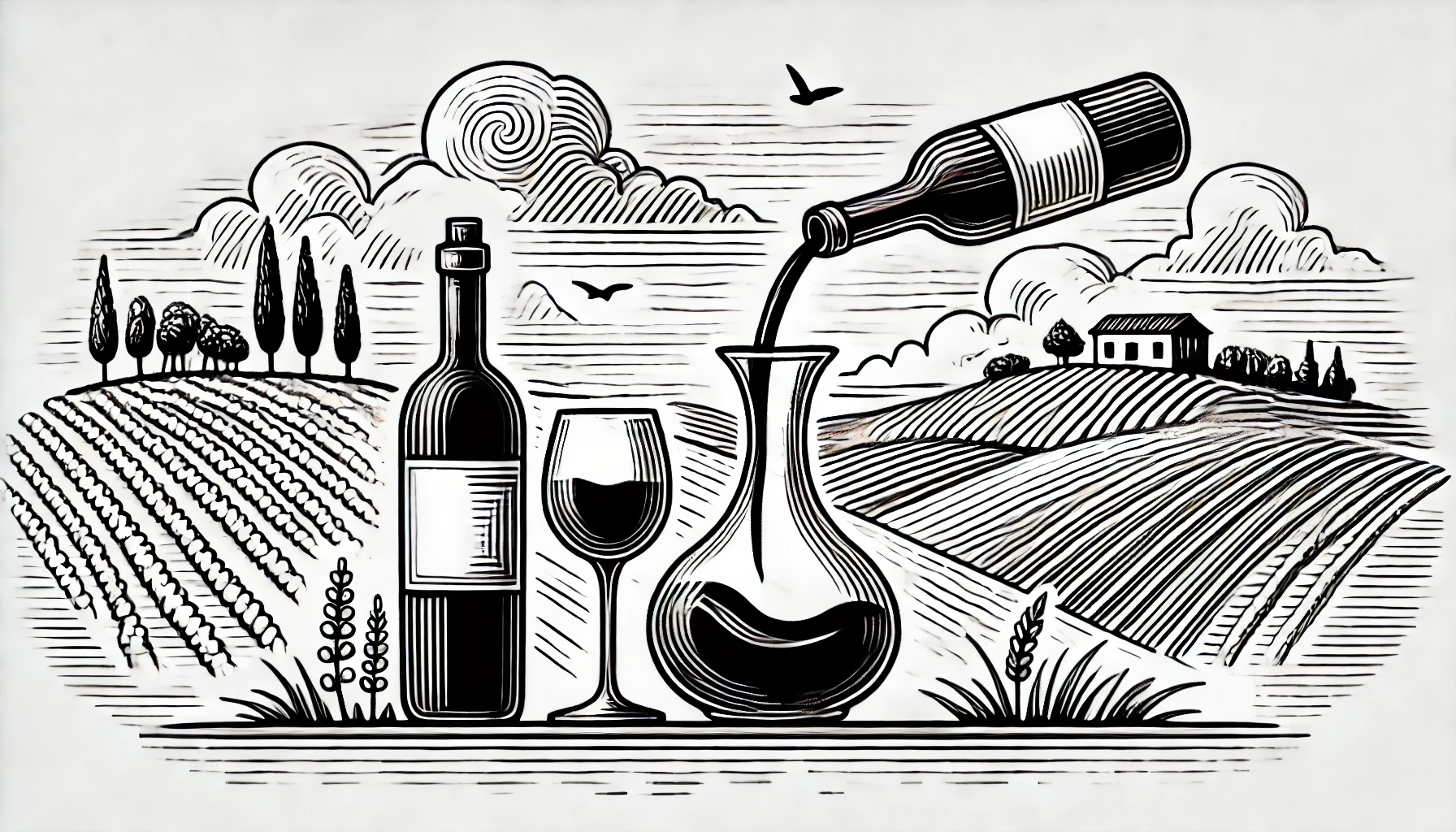
Decanting is the process of carefully pouring wine from its bottle into another vessel, usually a decanter, to serve two main purposes: separating the wine from any sediment and allowing the wine to aerate. Sediment, which can form in older red wines and some vintage ports, is a natural byproduct of the aging process and can give the wine a gritty texture if left in the glass. Decanting removes the sediment, leaving the wine clearer and smoother to drink.
Aeration, or allowing the wine to “breathe,” is another crucial reason for decanting. Exposing wine to air helps soften its flavors, especially in younger red wines with high tannins or more structured whites like Chardonnay. The oxygen helps to release aromatic compounds, enhancing the wine’s bouquet and flavor profile.
While most red wines benefit from decanting, younger wines usually need more time to open up, while older wines might only need a short period to breathe before they lose their delicate aromas. White wines, on the other hand, rarely need decanting unless they’re particularly complex or structured.
The process is simple: carefully pour the wine into a decanter, tilting the bottle to prevent sediment from pouring out. Some enthusiasts also use a wine aerator to speed up the process. Decanting not only improves the taste but can also add a touch of elegance to serving wine, making it a must for formal wine occasions.
Curious about more wine terms and insights? Visit our Wine Wiki section and explore the basic wine terms for expert definitions and tips!